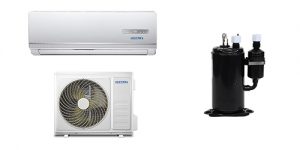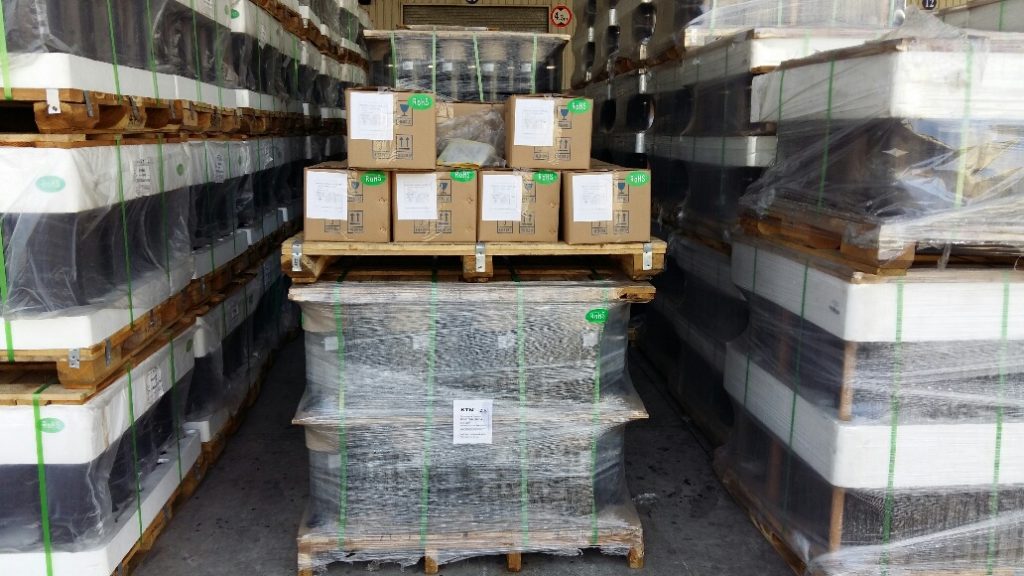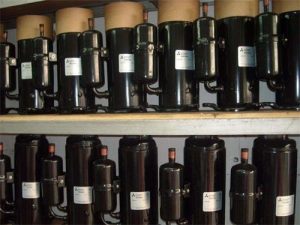Cause Analysis of Air Conditioning Compressor Failure
1.1 There is a problem with the installation process
The air-conditioning system has a variety of components, all of which work together to ensure the normal operation of the air-conditioning system. Professional air conditioner manufacturers will carefully clean the Freon system pipes in the process of producing air conditioners, and clean the dust on the pipe walls by purging. After the purging work is completed, the staff will continue to use a white silk cloth to Wipe clean until the inside of the copper pipe is free of any dirt. Therefore, the staff needs to clean the air-conditioning equipment and clean all the parts inside the compressor. However, because the interior of the unit belonged to the peak working period at that time, the internal acid substances accumulated for a long time, which eventually caused the compressor to be damaged.
1.2. Installation under high temperature and high-pressure environment
Under the action of high temperature, the adhesion of lubricating oil is greatly reduced, and a complete oil film cannot be formed in the extruded part. The long-term operation will cause the compressor to be stuck, and due to insufficient lubrication, the compressor needs to overcome high friction. It can work normally, and the working current increases linearly, which accelerates the corrosion of the enameled wire sheath by acid substances. The increase in the condensing temperature leads to an increase in the power consumption of the equipment, but the cooling capacity of the air conditioner continues to decrease.
1.3 Maintenance problems
First, there is moisture inside the system. Freon and water dissolve each other and eventually generate acidic substances, which will seriously corrode the enameled wire sheath inside the equipment. Only 0.05% of the moisture in R12 will cause copper plating on the steel parts of the compressor. As a result, the piston, bearing, suction valve plate, and valve port of the compressor will form a serious copper plating phenomenon. As the temperature rises, the moisture inside the equipment will increase, and the copper plating will become more and more serious. Over time, it will lead to valve sealing problems, and may even seriously reduce the refrigeration capacity of the compressor, resulting in damage to the internal components of the air conditioner.





